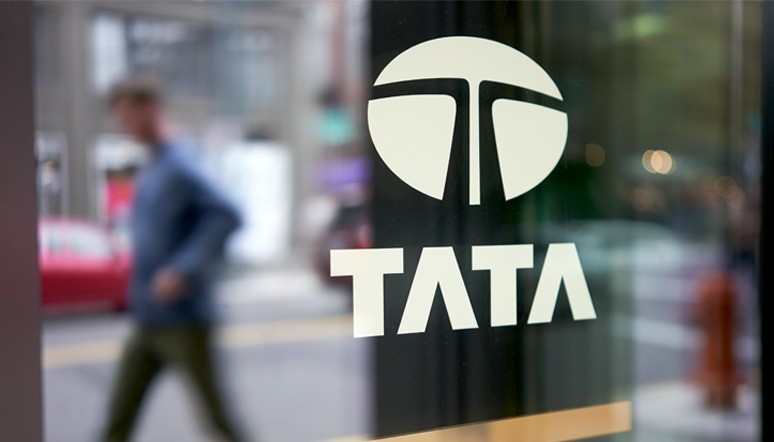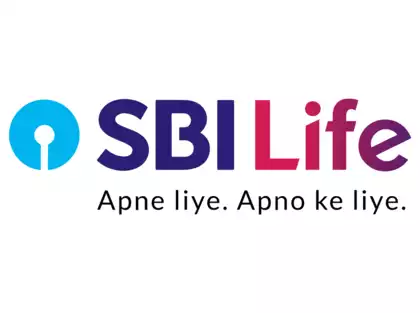Introduction: The recent turbulence in Indian equities, mainly driven by significant foreign institutional selling, has triggered a month-long market decline. Despite this downturn, many large-cap stocks have managed to buck the trend and trade above their 200-day moving averages (200-DMA). This long-term trend indicator is crucial for investors, as a stock trading above its 200-DMA is generally viewed as being in a bullish phase, while those below it may be signaling weakness. In this post, we explore the current market dynamics, discuss the importance of the 200-DMA, and highlight key stocks trading above and below this critical level.
What is the 200-Day Moving Average, and Why is it Important?
The 200-day moving average (200-DMA) is a technical indicator that tracks a stock’s price trend over approximately one trading year (200 trading sessions). When a stock or index trades above its 200-DMA, it’s considered bullish, often indicating sustained strength and potential future gains. Conversely, stocks below their 200-DMA are seen as bearish, reflecting potential weakness or an ongoing downtrend.
Historically, the 200-DMA has proven to be a valuable tool for investors in bull markets, where most stocks remain above this level. However, during market declines, stocks tend to slip below their 200-DMA, signifying a potential shift to deeper market weaknesses. Tracking this indicator can give investors insight into whether a stock is likely to maintain strength in the long term or face continued declines.

Market Overview: Strong Resilience Despite Foreign Institutional Selling
Despite the recent sell-off in Indian equities, particularly driven by record foreign institutional investor (FII) outflows, a significant portion of large-cap stocks has held strong. Of the 1,392 stocks with a market capitalization above Rs 1,000 crore, approximately 62%—or 856 stocks—are trading above their 200-DMA. This resilience indicates a robust underlying market strength that contrasts with the bearish trends sweeping the market.
Large-Cap Stocks Below Their 200-DMA
Some prominent large-cap companies, however, haven’t been immune to the bearish trend, trading below their 200-DMA. Here are a few notable stocks in this category, along with their market capitalization, current price levels, and the percentage below their 200-DMA:
| Company | Market Cap (Cr) | Price (Rs) | % Below 200-DMA | % Upside (Analyst Consensus) |
|---|---|---|---|---|
| Indian Oil | Above 750k | 138.9 | 19.9 | -17.1 |
| Tata Motors | Above 750k | 824.1 | 39.3 | -15.3 |
| Union Bank | Above 750k | 115.9 | 31.3 | -15.1 |
| Tata Consumer | Above 750k | 838.2 | 11.6 | -13.2 |
| Avenue Supermarts | Above 750k | 3,945.8 | 21.7 | -13.1 |
| NHPC | Above 750k | 994.6 | 21.7 | -12.2 |
| Adani Green | Above 750k | 83.3 | 19.1 | -11.8 |
| Nestle India | Above 750k | 1,611.9 | 21.9 | -11.4 |
Stocks such as Indian Oil and Tata Motors exhibit notable drops, trading 19.9% and 39.3% below their 200-DMA, respectively. Others like Union Bank and Tata Consumer are also trading significantly below their 200-DMA, underscoring bearish trends within these companies. Avenue Supermarts and NHPC also fall in the same category, highlighting that even some resilient stocks can be impacted by broader market declines.
Mid-Cap Stocks Below Their 200-DMA
The situation is similar in the mid-cap segment, where stocks with market caps between Rs 10,000 crore and Rs 50,000 crore are also showing a downward trend:
| Company | Market Cap (Cr) | Price (Rs) | % Below 200-DMA | % Upside (Analyst Consensus) |
|---|---|---|---|---|
| Birlasoft | 10k-50k | 549.8 | 11.4 | -19.5 |
| Manappuram Finance | 10k-50k | 152.9 | 37.0 | -19.1 |
| L&T Finance | 10k-50k | 353.5 | 43.0 | -16.1 |
| IDFC First Bank | 10k-50k | 142.7 | -15.0 | 39.3 |
Notable names in this segment include Birlasoft and Manappuram Finance, both of which are trading over 10% below their 200-DMA. These stocks, particularly L&T Finance and IDFC First Bank, are worth watching as they could continue to face challenges unless the market sentiment improves significantly.
Why Monitoring the 200-DMA is Essential in Volatile Markets
For investors navigating volatile markets, the 200-DMA is a critical trend indicator. Here’s why it matters:
- Risk Management: The 200-DMA provides a benchmark to assess a stock’s current trend. Stocks trading below this level may present higher risks, especially during market corrections.
- Timing of Investment: Investing in stocks above the 200-DMA could indicate an ongoing bullish trend, whereas those below may signal an entry point for future gains, provided the broader market sentiment recovers.
- Trend Confirmation: When a stock crosses above its 200-DMA, it’s often seen as a confirmation of bullish sentiment. Conversely, dropping below could mean the trend is weakening.
Analyst Consensus: Potential Upside Despite the Downturn
Analysts remain optimistic about potential upsides in certain stocks despite their current bearish levels. Stocks like Nestle India and Adani Green show a potential upside, signaling that some of these underperforming stocks might bounce back if broader market conditions improve.
FAQs
Q1: What does it mean when a stock is above its 200-day moving average?
A1: A stock trading above its 200-day moving average (200-DMA) is typically considered in a bullish trend, suggesting a strong and stable performance.
Q2: How can the 200-DMA help in investment decisions?
A2: The 200-DMA acts as a trend indicator, allowing investors to gauge whether a stock is in an uptrend or downtrend. It aids in risk management and timing for potential entry or exit points.
Q3: Why are some large-cap stocks below their 200-DMA?
A3: Large-cap stocks trading below their 200-DMA are often influenced by market sentiment, foreign investor outflows, or sector-specific challenges, signaling a bearish trend.
Q4: Should investors buy stocks below the 200-DMA?
A4: Buying stocks below the 200-DMA can be a strategic decision if the broader market sentiment is expected to recover, as these stocks may offer potential upside in the long term.
Conclusion
While the recent sell-off in Indian equities has caused declines, a majority of large-cap stocks have shown resilience, remaining above their 200-day moving averages. This stability signals strong market fundamentals, even amid significant FII outflows. For investors, tracking the 200-DMA can offer valuable insights into long-term trends, helping them make informed investment decisions during market fluctuations.
As the market evolves, keeping an eye on stocks trading around their 200-DMA can guide your investment choices, balancing caution with potential opportunities for growth.













